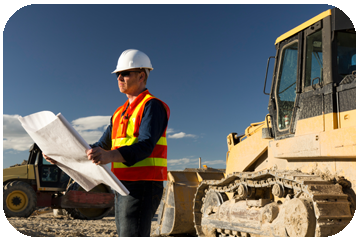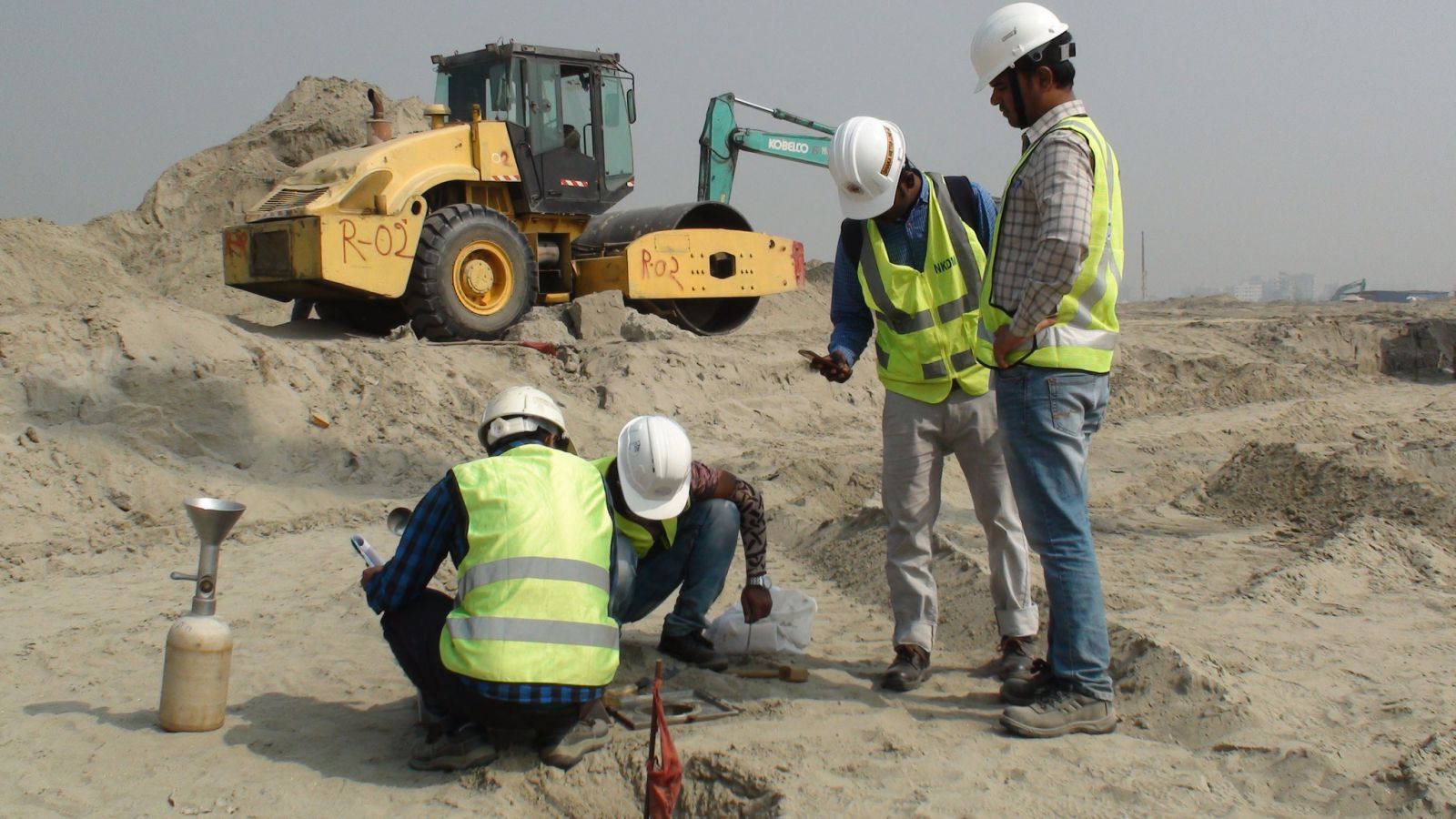Specialist Consulting Engineer Providers for Cutting-edge Framework Solutions
Specialist Consulting Engineer Providers for Cutting-edge Framework Solutions
Blog Article
The Interdisciplinary Approaches in the Geotechnical Market: Bridging the Space Between Design, Geology, and Environmental Science for Optimal Task Outcomes
The integration of engineering, geology, and environmental scientific research within the geotechnical sector is not simply beneficial; it is important for attaining ideal job end results. This interdisciplinary cooperation cultivates a detailed understanding of complicated website problems, permitting ingenious options to emerge. By taking a look at vital duties and effective instance studies, we can discover the vibrant interplay that drives job success. However, difficulties stay in efficiently managing these multidisciplinary efforts, raising questions about future trends and possible improvements. What approaches might emerge to promote this important partnership and improve the efficiency of geotechnical practices?
Relevance of Interdisciplinary Cooperation
The value of interdisciplinary partnership in the geotechnical sector can not be overemphasized. Reliable geotechnical jobs need the assimilation of diverse competence from different areas, consisting of engineering, geology, and environmental science. This cooperation makes certain that all facets of a task are taken into consideration, resulting in thorough remedies that address complicated difficulties.
When working in isolation,Interdisciplinary collaboration promotes technology by allowing experts to share insights and methodologies that may not be noticeable. By leveraging the strengths of multiple self-controls, groups can identify potential dangers, enhance design processes, and enhance the sustainability of geotechnical projects. Such cooperation promotes an alternative understanding of site-specific problems, which is critical for accurate evaluation and decision-making.
The complexity of geotechnical projects demands a collaborated approach to analytical. When designers, geologists, and ecological researchers function with each other, they can produce a natural strategy that aligns technological requirements with ecological considerations and governing compliance. This synergy not only boosts job outcomes however likewise adds to the lasting resilience of facilities. Inevitably, interdisciplinary collaboration is vital for progressing finest practices and accomplishing quality in the geotechnical industry.
Key Duties of Each Discipline
Partnership amongst different techniques is not simply useful; it is crucial for the effective execution of geotechnical tasks. Each self-control-- design, geology, and ecological science-- plays an unique yet interconnected role that adds to forecast effectiveness and sustainability.
Geotechnical engineers are largely accountable for designing foundations and making sure architectural integrity. They assess soil and rock buildings to evaluate load-bearing capabilities, giving essential information for risk-free construction methods. Their knowledge makes it possible for the formula of innovative options to complex difficulties.

Ecological researchers examine the prospective impacts of building and construction on environments and water resources. They conduct ecological analyses and develop reduction approaches to decrease unfavorable results. By incorporating eco-friendly considerations, they guarantee compliance with policies and advertise sustainability throughout the project lifecycle.
Study of Successful Combination
Successful combination of geotechnical disciplines click this site can be exhibited through different situation researches that highlight the performance of team effort in resolving complicated design difficulties. One significant instance is the building of the Hong Kong-- Zhuhai-- Macau Bridge, where a collective strategy including geotechnical engineering, geology, and ecological science was important. Engineers and rock hounds functioned in unison to examine the seabed conditions and enhance the structure layout, ensuring stability and minimizing ecological effect.
An additional impactful instance is the improvement of slope security in the San Francisco Bay Area, where an interdisciplinary team integrated geotechnical evaluation with ecological assessments. By incorporating hydrological research studies and geological surveys, the group successfully recognized prospective landslide threats and implemented reliable reduction measures, improving safety and security and sustainability.
Furthermore, the redevelopment of Brownfield sites usually requires a multidisciplinary strategy. In one instance in Chicago, collaboration amongst geotechnical designers, ecological researchers, and city coordinators caused the effective remediation of infected soil, enabling the secure transformation of the website right into an area park. These study show that interdisciplinary collaboration not just addresses technological obstacles but additionally cultivates innovative options that profit both tasks and neighborhoods.
Difficulties in Multidisciplinary Projects

Additionally, working with timetables and process amongst numerous teams can be bothersome, especially when each technique has special project milestones and deliverables. This imbalance can lead to delays and raised expenses. The challenge of resource appropriation likewise looms large; making sure that specific knowledge is available at vital junctures calls for mindful preparation and foresight.
Lastly, regulatory conformity poses an additional significant obstacle. Each technique might deal with different regulative structures, and straightening these needs to meet task goals can be complex and lengthy. Addressing these obstacles demands solid management and effective communication methods to cultivate collaboration and guarantee that multidisciplinary teams work cohesively towards shared goals.
Future Trends in Geotechnical Practices
As the geotechnical market evolves, arising patterns are improving methods to resolve the challenges faced in multidisciplinary tasks - geo tech engineer. One significant fad is the raised combination of innovative technologies, such as expert system and artificial intelligence, into geotechnical analysis and design. These innovations enhance anticipating modeling and danger assessment, enabling engineers to make more enlightened decisions throughout the project lifecycle

Additionally, the adoption of digital twins and real-time monitoring systems is becoming more widespread. These tools promote continuous evaluation of dirt problems and structural efficiency, permitting prompt interventions when problems occur.
Conclusion
In final thought, the integration of engineering, geology, and environmental scientific research is vital for attaining ideal results in the geotechnical sector. Effective instance researches show the benefits of this strategy, while recognizing the challenges faced in multidisciplinary jobs.
The assimilation of design, geology, and ecological science within the geotechnical industry is not merely useful; check my site it is vital for accomplishing ideal job outcomes. Effective geotechnical jobs require the combination of diverse competence from numerous areas, consisting of design, geology, and ecological science.Navigating the complexities of multidisciplinary projects in the geotechnical sector provides several substantial difficulties.As the geotechnical sector evolves, emerging fads are improving methods to deal with the difficulties encountered in multidisciplinary jobs. Geotechnical designers are significantly collaborating with environmental scientists to make certain that projects straighten with sustainability objectives and conform with regulative needs.
Report this page